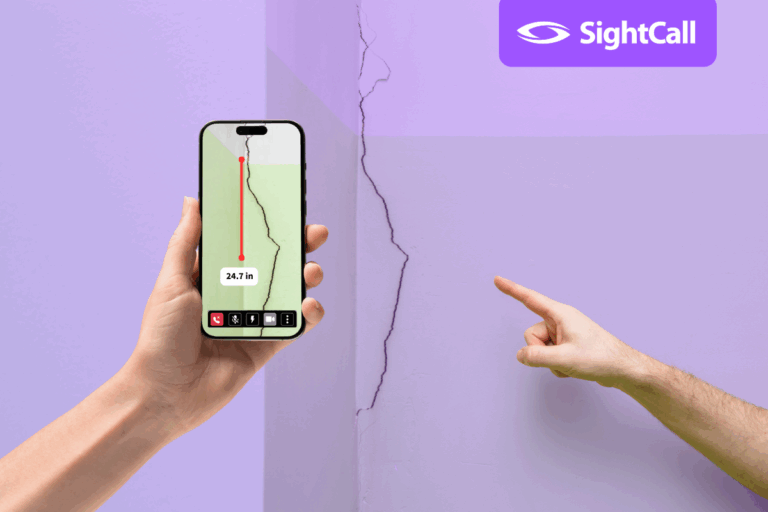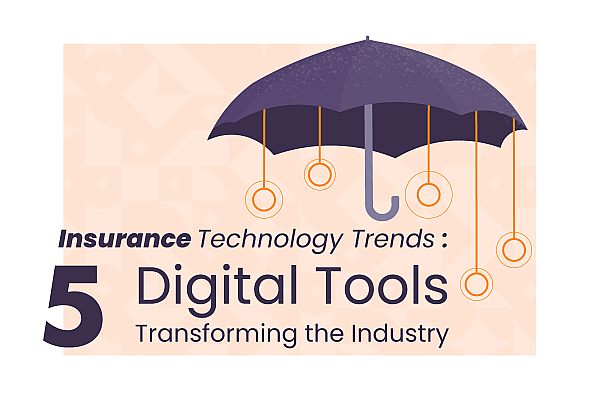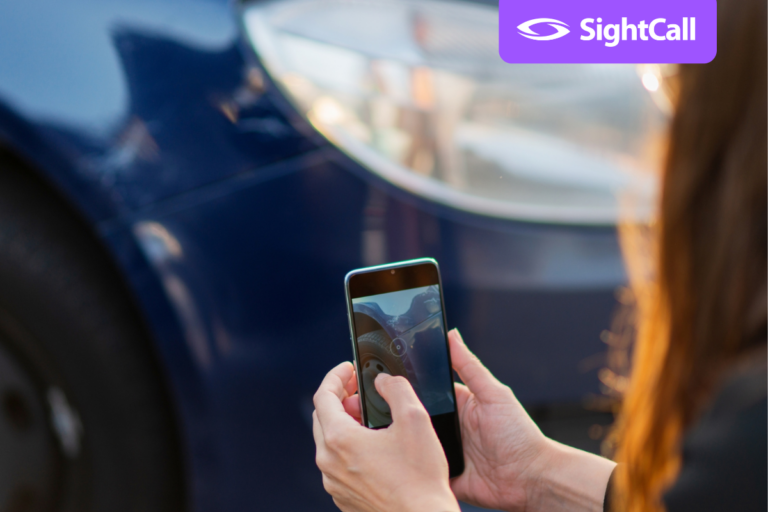Small companies can lead the way in adopting new technologies
While it’s easy to assume that large insurers will be the first to adopt insurtech, it’s often the smaller companies that are more willing and able to take the lead. With more agility and less cumbersome technology restrictions, small to mid-sized businesses can lead the change for the insurance industry. One recent example comes from a third-party insurance adjuster company that found their need for remote visual support change overnight at the start of the COVID-19 pandemic in Italy.
The Lercari Group supports customers in underwriting, risk transfer, crisis situations, after-sales service, and emerging risks. Prior to COVID-19, their model, like many in the insurance industry was highly dependent on having loss adjusters travel for on-site claims evaluations. The claims resolution process could be quite long, due in large part to travel and the facetime needed for their experts to obtain the information and evidence they needed. Optimizing customer experience and satisfaction was similarly limited.
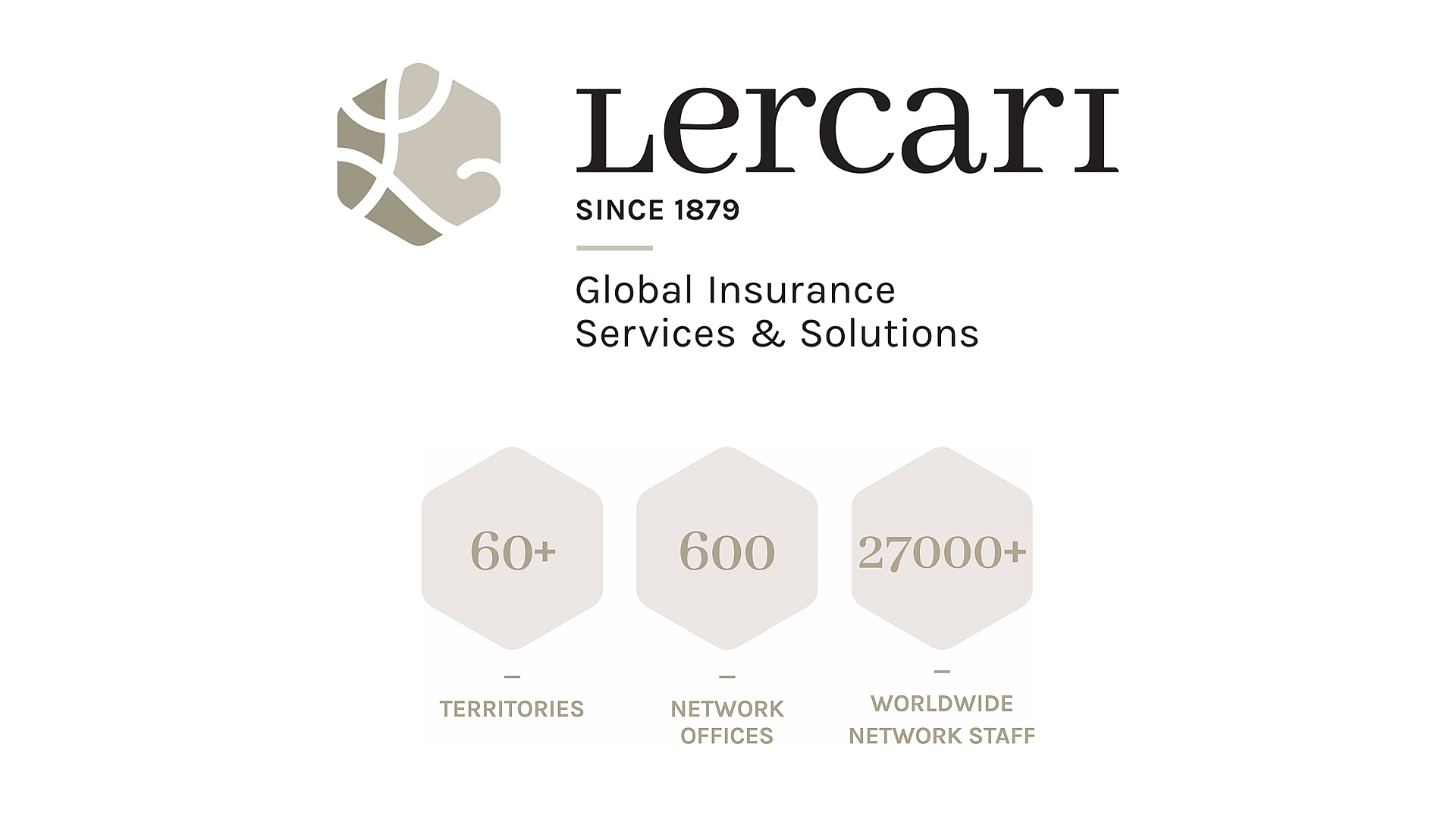
Originally founded in Italy in 1879, the company has more than a century of experience. Now, with over 300 employees in 18 offices across Europe and as a member of the prestigious Sedgwick Alliance of insurance providers, they’ve been comfortable with adapting to changes in technology and the industry landscape for quite some time.
The Lercari Group was an early adopter of visual claims transformation. Having already shifted to using SightCall for motor claims, the group saw the potential for the technology to reduce travel, improve customer experience, control costs, and pave the way for a more efficient claims process. When the first lockdowns of the COVID-19 pandemic were initiated in Italy in March 2020, The Lercari Group found themselves digitally transforming their entire loss adjusting business overnight.
As early as January 31, Italy had declared a national emergency, and by March the entire country and all 60 million residents were under lockdown. A survey on Italian businesses in March and April of 2020 showed that the number of businesses expecting a negative impact was 97.2% with 37.9% of surveyed businesses expecting severe impacts.
COVID-19 Timeline in Italy
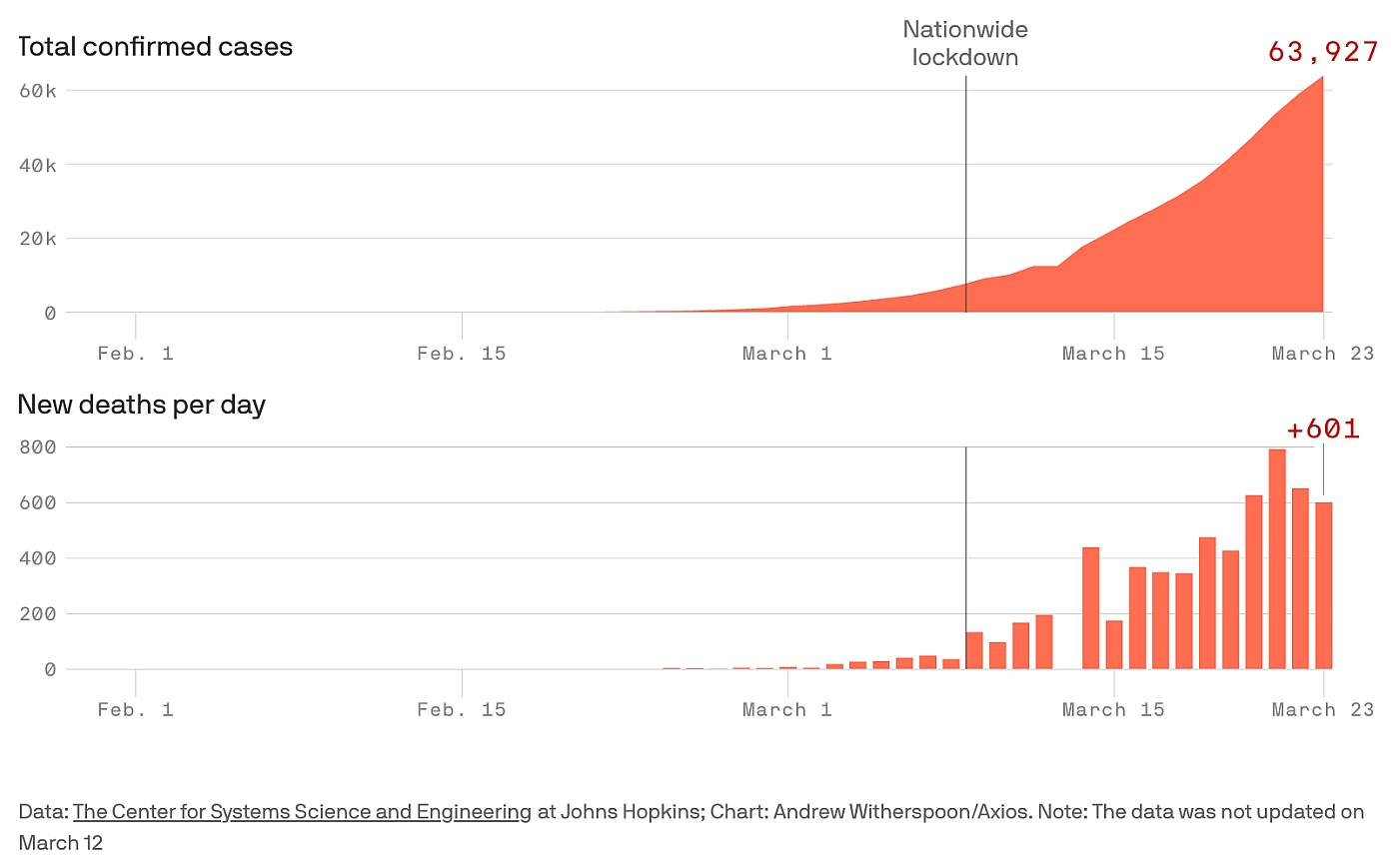
The country and businesses within it were thrown into confusion. The Lecari Group’s main offices were in one of the first red zones where travel was prohibited. Immediately recognizing that they would no longer be able to service customers in person, they contacted SightCall. Overnight they were able to accelerate their digital transformation and put the SightCall platform to use for all their claims.
“In the context of COVID-19, SightCall kept our supply chain from being interrupted,” said TPA project manager Magdalena Szwalbe. “The most important benefit for us is related to insurance companies, who are our first clients. Without SightCall, it wouldn’t be possible to provide services to insurers, who in turn couldn’t provide services to their claimants/clients in order to finalize claim proceedings.”
Between January and May, the Lecari Group clocked over 5000 video support calls and they have continued to increase the number of claims that can be handled virtually. Click here to read the full case study on The Lercari Group and SightCall.
To learn more about how SightCall can transform claims processes, you can watch this video demo featuring Allianz, or reach out to schedule a demo with a visual claims expert.

